Get your culture fix at these Kyoto attractions
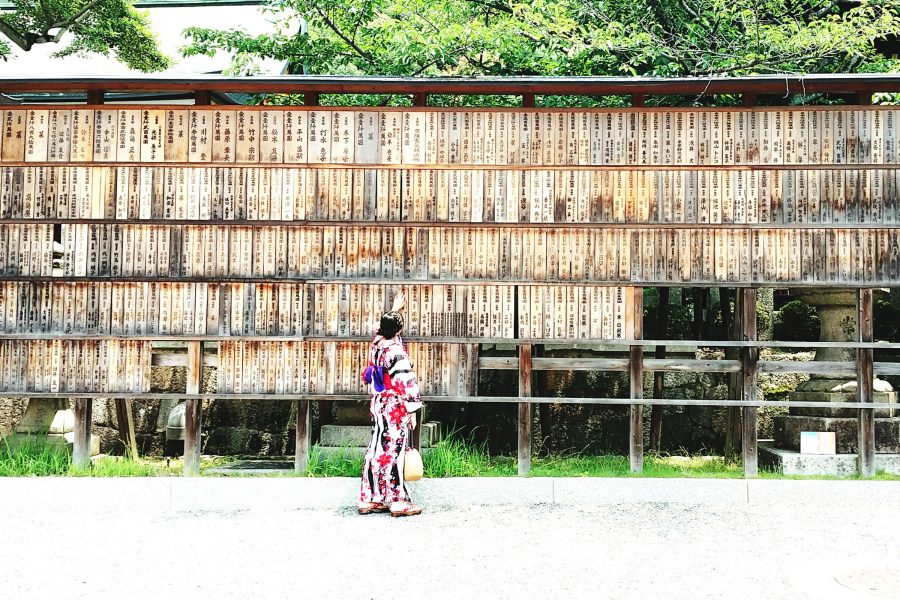
Once the capital of Japan, Kyoto is home to thousands of temples and shrines – no wonder Cathay members voted it Asia’s cultural capital in the 2024 Members’ Choice Awards. In addition to the famous Fushimi Inari Shrine, instantly recognizable thanks to its thousands of vermillion torii gates, Kyoto’s rich history can be traced through its architecture, with historic buildings like traditional machiya (wooden houses) and ochaya (teahouses) everywhere you look.
Here are just a few of the incredible culture-rich experiences you can partake in on your next visit.
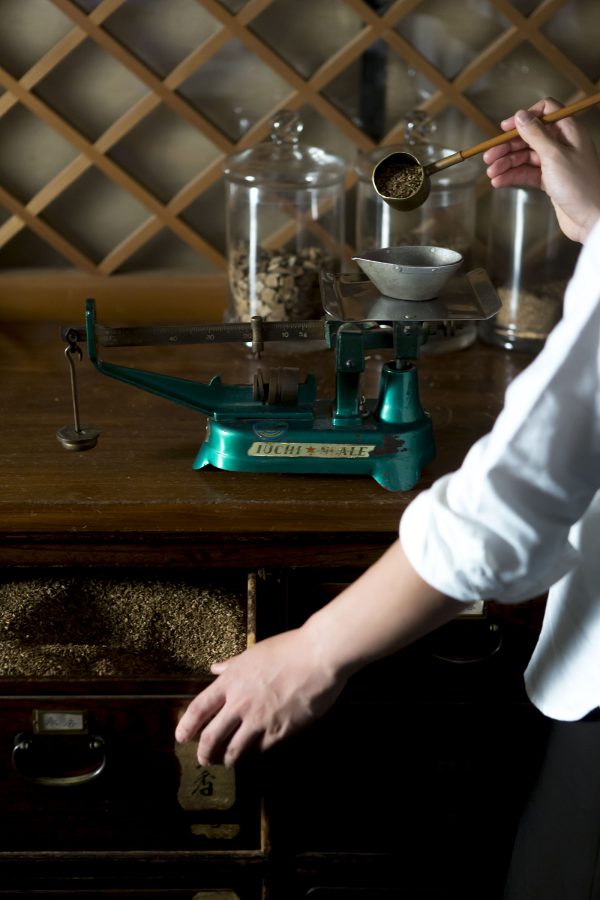
Credit: Mitsuyuki Nakajima

Credit: Mitsuyuki Nakajima

Credit: Mitsuyuki Nakajima
Inhale/exhale at Kungyokudo
Located just in front of the Nishi Hongan-ji temple is Kungyokudo, Japan’s oldest incense maker . Founded as an apothecary by Riemon Ouno in 1594, it is now under the stewardship of his 22nd-generation descendant. Kungyokudo’s delicate incense is designed to evoke a moment in time rather than a specific scent: some of our favourites include Gion no Maiko, a youthful aroma inspired by the extravagant kimono sleeves of maiko, or apprentice geisha; Kitano no Kobai, a red plum that blooms in Kitano’s spring snow; and Miyama no Renge, reminiscent of lotus fields under mist in the village of Miyama. While there, ask about kodo – the traditional Japanese art of appreciating, or “listening” to fine fragrances.
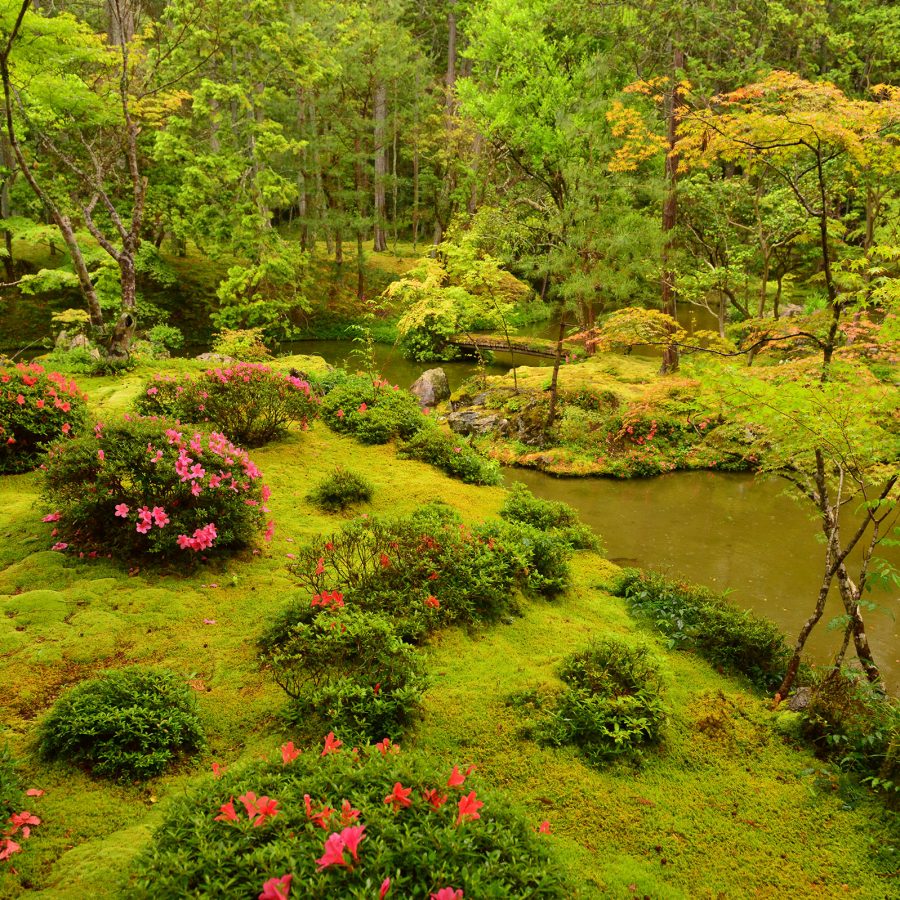
Credit: Japan Asia and othe of the world/Getty Images
Visit Saiho-ji, the moss temple
To visit Saiho-ji , you’ll need to make a reservation. But there’s no online booking system here: instead, one to two months before your intended visit, send them an airmail letter (if you’re abroad), or a return postcard (if you’re in Japan), together with your reservation form . This unconventional system helps to control visitor footfall and preserve the 120 species you’ll find in the sprawling 2,000 square-metre moss garden. Founded during the 8th century, Saiho-ji was restored to its current form in the 14th, with the two-tiered carpet of moss incorporated as a symbolic element of Zen teachings. Throughout its history, this Unesco World Heritage Site has served as a place of spiritual retreat, attracting monks and pilgrims seeking profound calm and connection to nature.
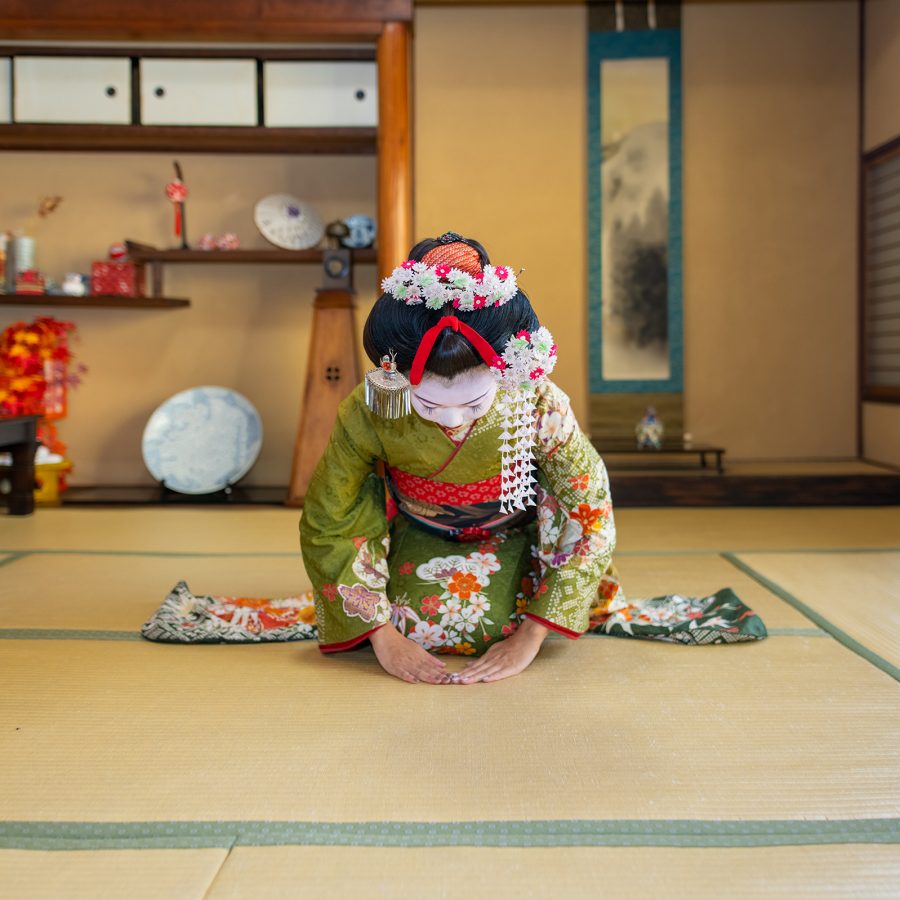
Credit: K/Getty Images
Get up close with geisha in Kyoto
Kyoto is the most historically significant place for Geisha culture in Japan – or Geiko in the local dialect. Women spend years training as maiko, learning arts like shamisen (a three-stringed instrument), dance and refined conversation. Maikoya, a cultural experience provider , enables tourists to encounter these skilled entertainers, as most traditional teahouses do not allow outsiders. All cultural experiences come with a language interpreter, which makes the memories richer, be it a tea ceremony, a performance involving ozashiki asobi (a traditional drinking game) or a private show where Geisha perform and you can enjoy a proper conversation.
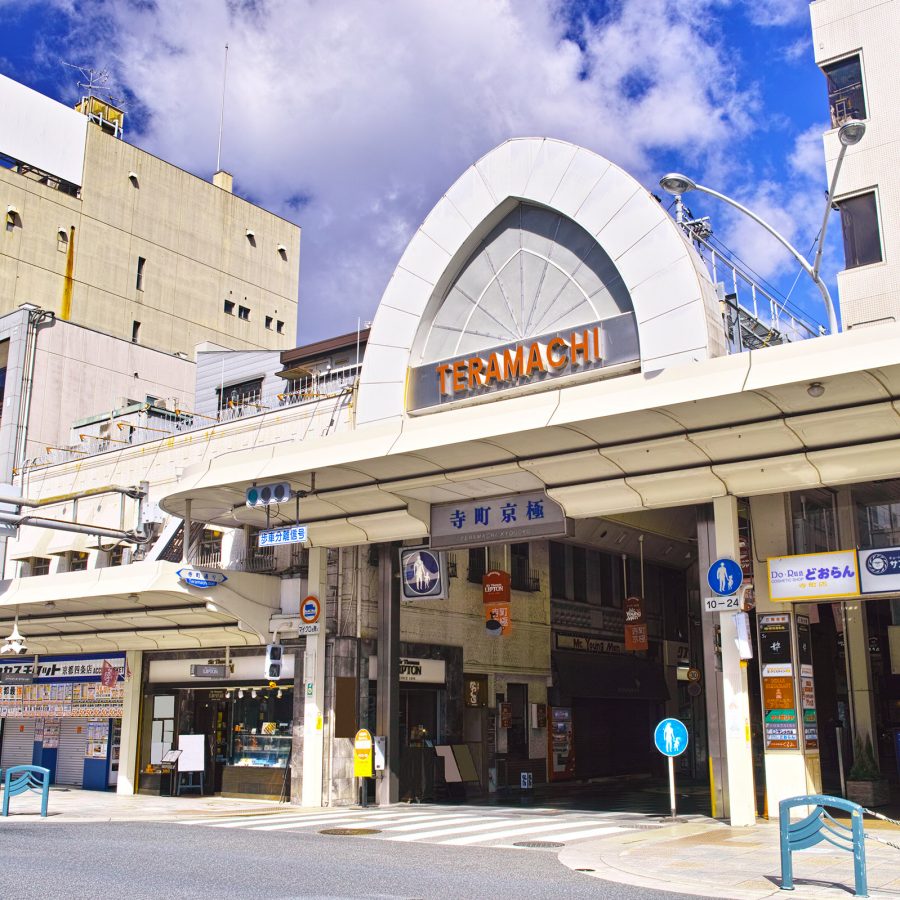
Credit: 7maru/Getty Images
Post a keepsake from Kyukyodo
Tucked away on Teramachi Street is a stationery store with a legacy dating back to 1663. Once the official stationer to the Imperial House of Japan, Kyukyodo is a purveyor of fine paper , writing instruments and incense. Recently renovated by renowned architect Hiroshi Naito, its interior invites you to slow down and contemplate Japan’s deep-rooted culture of craftsmanship. Of particular note is the selection of washi – paper handmade from mulberry fibres and revered for its durability, texture and ability to hold ink. Whether you’re a seasoned calligrapher, an origami enthusiast or you’re simply looking to send a heartfelt letter on beautiful stationery, Kyukyodo is a thoughtful place to snag a souvenir.
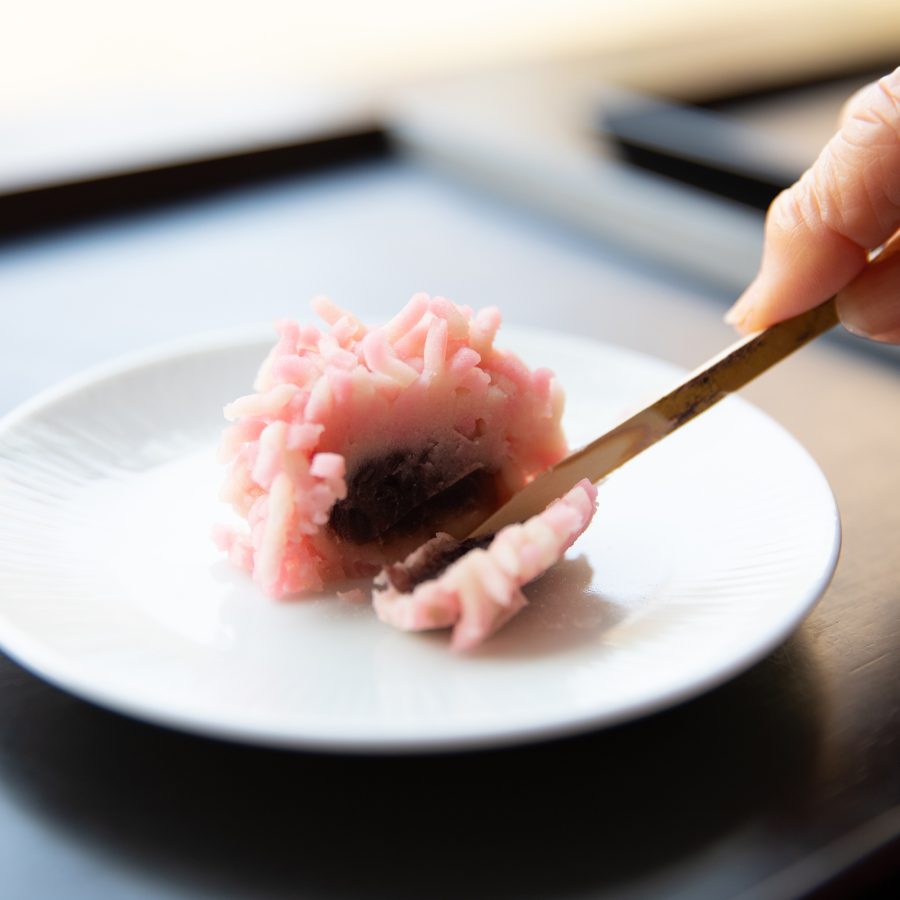
Credit: kumikomini/Getty Images
Taste the seasons at Seien
Japan doesn’t take its four seasons lightly, and at Seien, every visit will be slightly different, depending on when you visit. This 139-year-old confectioner is famous for its kohaku-wagashi: a traditional Japanese sweet made from agar, a jelly derived from seaweed. Every month, their sweets are made with a new homemade syrup; the owner even hangs up different seasonally-inspired noren (traditional fabric curtains) to greet customers. With a deep respect for tradition and locally sourced ingredients, this is a homey place to sample Kyoto’s distinct style of plant-based wagashi.
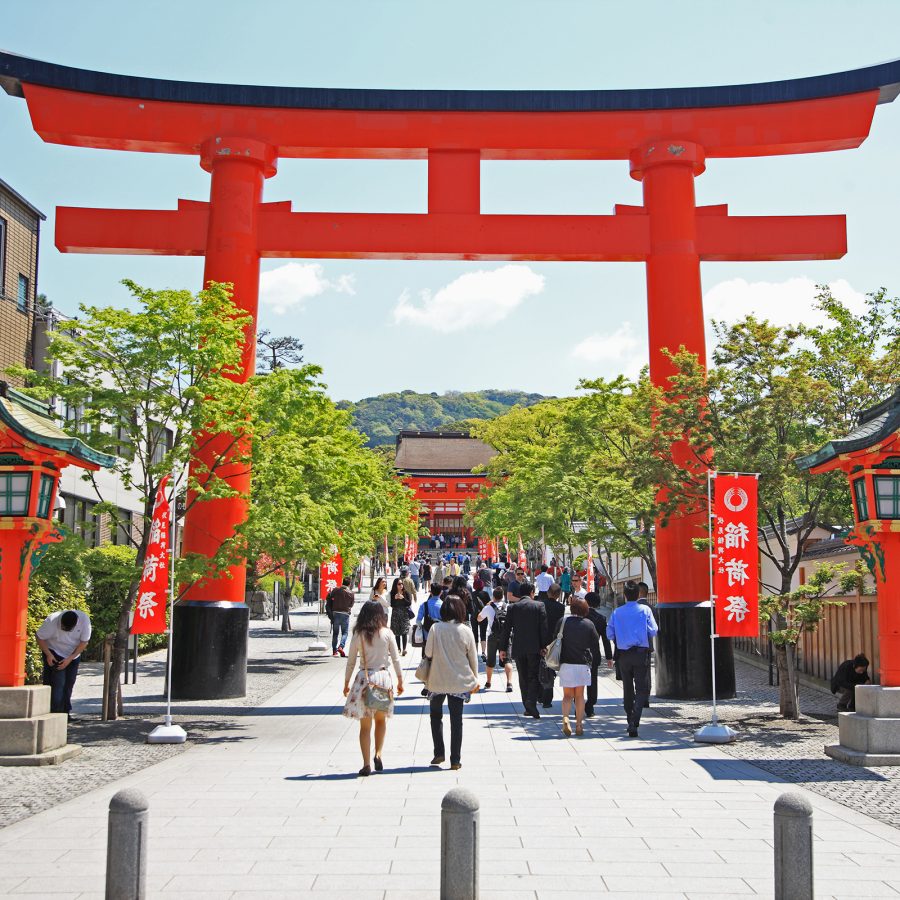
Credit: Hiroshi Higuchi/Getty Images
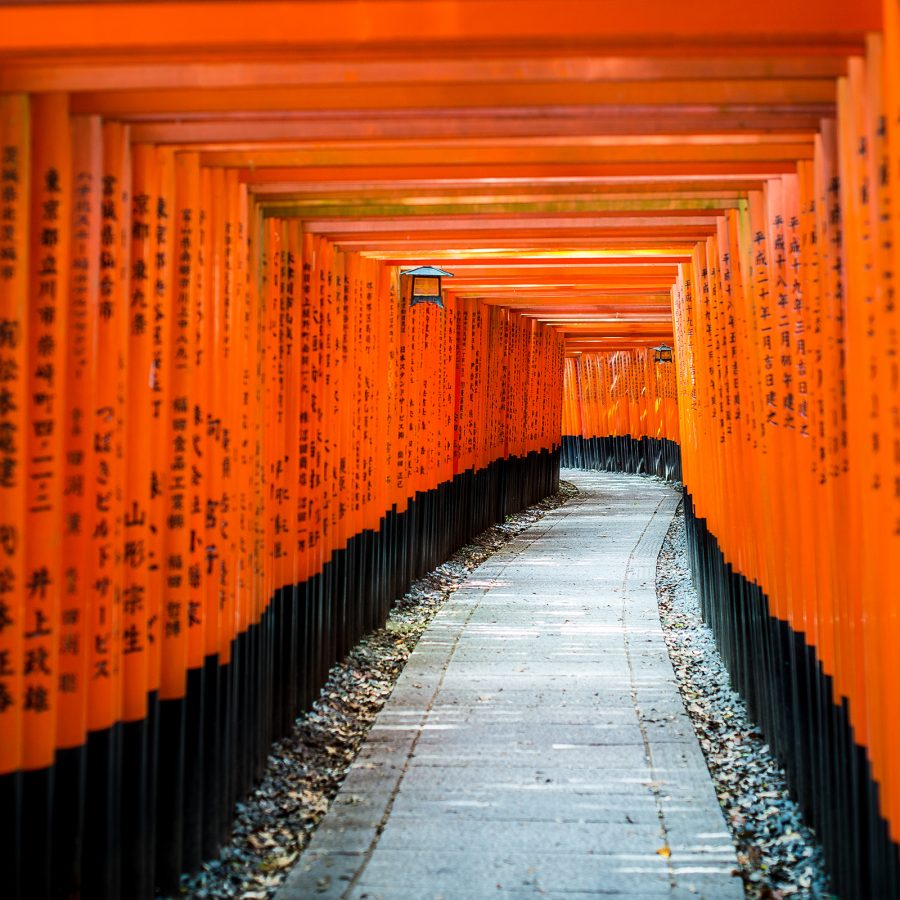
Credit: Yanis Ourabah/Getty Images
Find your peace at Fushimi Inari Taisha
Fushimi Inari Taisha shrine is known for its 10,000 torii gates that welcome visitors to the winding trail leading to the summit of Mount Inari. Dedicated to Inari no kami, the god of agriculture, Fushimi Inari Taisha is accessible 24 hours; to beat the crowds visiting Kyoto, the best time to visit is early morning or after dusk. While the vibrant gates are a major draw, another sacred symbol of the shrine is the fox: look close enough and you’ll find fox statues everywhere. Traditionally, Japanese farmers considered foxes sacred because they kept mice from destroying crops.
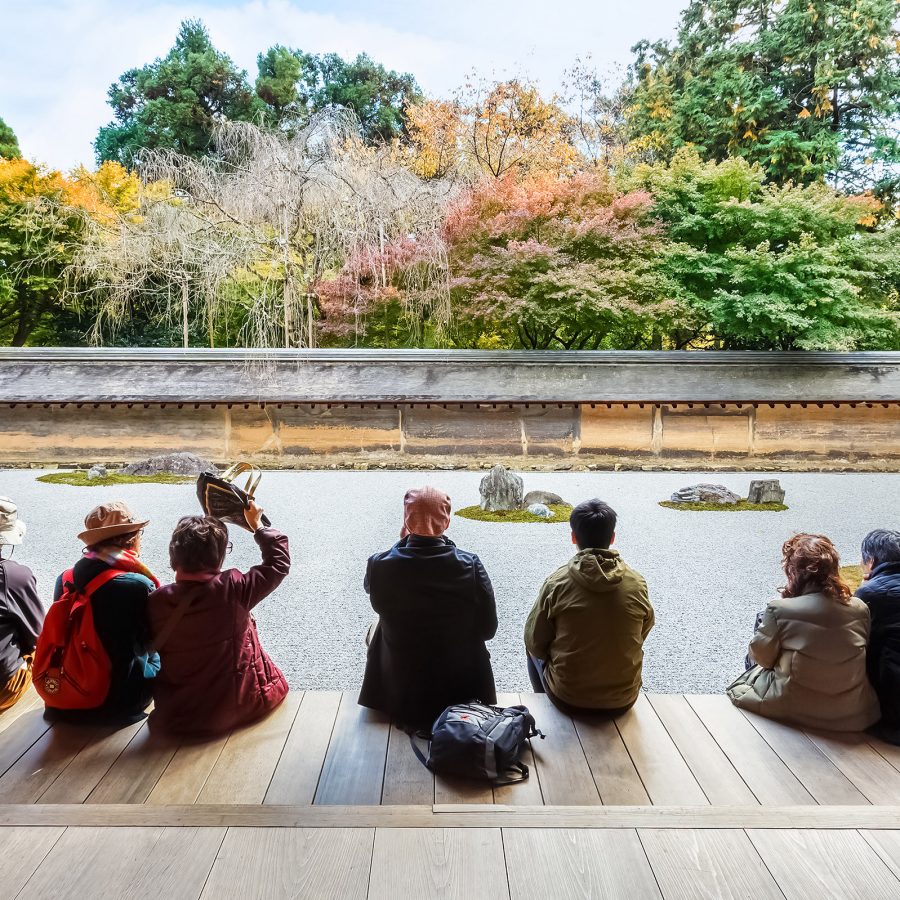
Credit: coward lion/Getty Images
Marvel at Ryoan-ji’s Zen rock garden
Zen temple Ryoan-ji’s crowning jewel is its karesansui : a Zen masterpiece comprising 15 stones on a bed of white gravel. No matter where one stands, only 14 stones are visible; one is always concealed, a symbolic design choice that has fascinated Zen practitioners for centuries. Even its creator remains a bit of a mystery, though the temple itself was founded in the 15th century by Hosokawa Katsumoto, a powerful warlord. Today, its serene grounds are home to imperial tombs and time-honored architecture, inviting introspection and serving as a testament to Japan’s enduring heritage and quest for enlightenment.
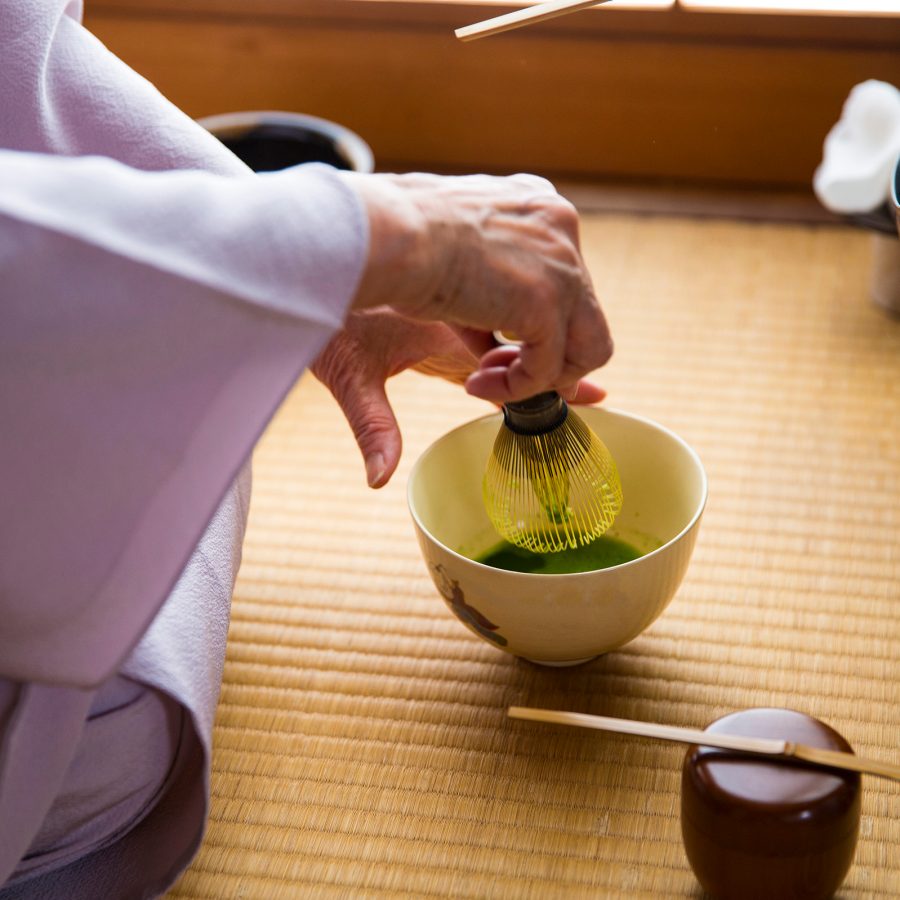
Credit: oluolu3/Getty Images
Drink matcha on a mountaintop at Mo-an
Located on the top of Mount Yoshida – a 15–30-minute trek from the foot of the mountain – Mo-an is the tea house of your dreams. Built during the Taisho era (1912-1926) and nestled between leafy trees, Mo-an is unpretentious and offers stunning views of the city below, with Kyoto University to the west and Ginkaku-ji (the Silver Pavilion) to the east. The café serves nourishing set lunches cooked with local ingredients, as well as coffee and desserts such as matcha ice cream. Tea ceremonies are available, but be sure to book in advance . Weekends get busy, but it’s worth the hike.
More inspiration
- China – the Chinese Mainland, Hong Kong SAR, Macao SAR and Taiwan Region
- Hong Kong SAR - English
- Chinese Mainland (China) - English
- Taiwan, China - English
- 香港特別行政區 - 繁體中文
- 中国內地 - 简体中文
- 中國台灣 - 繁體中文
- Africa
- South Africa - English
- Asia
- Bangladesh - English
- Korea - English
- Singapore - English
- Cambodia - English
- 한국 - 한국어
- Sri Lanka - English
- India - English
- Malaysia - English
- Thailand - English
- Indonesia - English
- Maldives - English
- ประเทศไทย - ภาษาไทย
- Indonesia - Bahasa Indonesia
- Myanmar - English
- Vietnam - English
- Japan - English
- Nepal - English
- Việt Nam - tiếng Việt
- 日本 - 日本語
- Philippines - English
- Australasia
- Australia - English
- New Zealand - English





.renditionimage.450.450.jpg)

